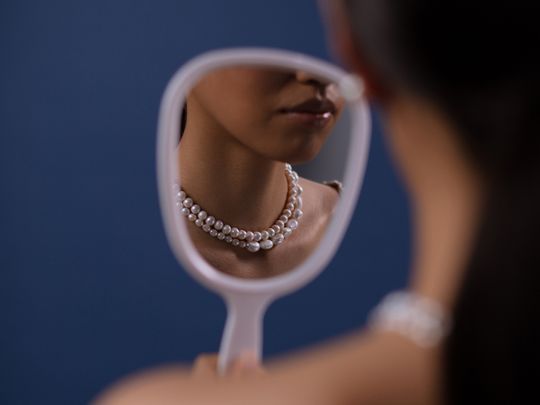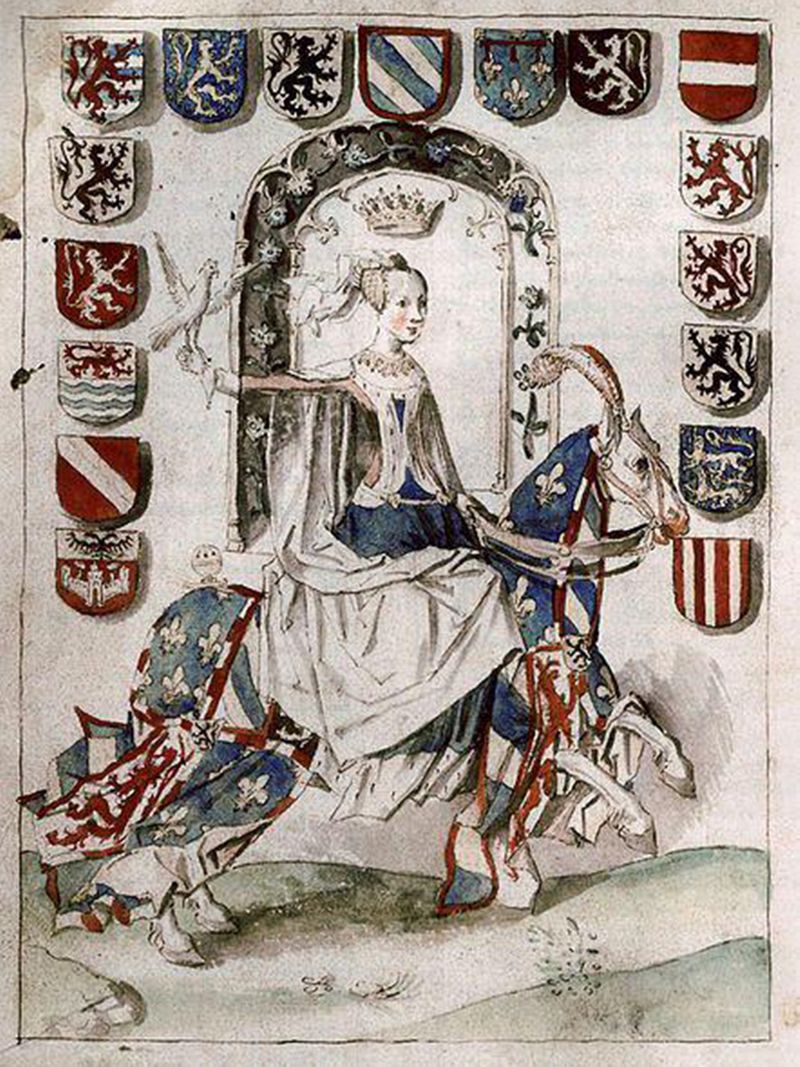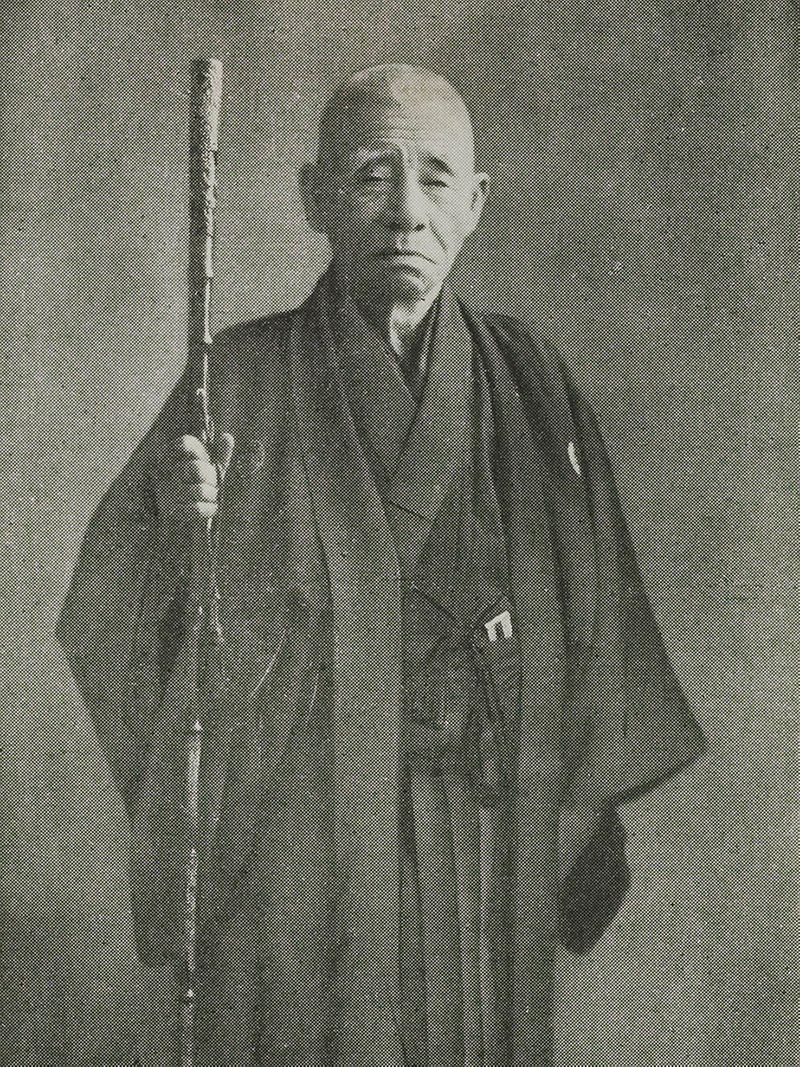
If you’re a married woman, you might be wearing one right now. But who was the first person to give his fiancé an engagement ring?
Click start to play today’s Crossword, where you can write out the name given to a “red gemstone” in 1-Across.
Every once in a while, through history, a piece of fine jewellery made its mark on the world. Consider Mary’s diamond, for example.
In the West, it was customary to exchange rings at a wedding. But the concept of engagement rings didn’t come about until the 20th century. Since there was no real middle class for a majority of the Middle Ages, if you possessed jewellery, you most likely belonged to royalty. So, it makes sense that two aristocrats in Europe started the tradition of engagements.
Mary of Burgundy (also called Mary the Rich), was a Frenchwoman who became a duchess at the young age of 20. She was greatly sought after by suitors, since her reign was prosperous and she was in possession of a number of thriving estates. The archduke Maximilian of Austria knew he had to make a strong impression to win over Mary. So, he sent his marriage proposal with an exquisite surprise: the first-ever diamond engagement ring!

The ring had a marquise-cut diamond, arranged in the shape of an M (for Mary), on a simple metal band. It cost the archduke a fortune, and almost ruined him. Luckily, Mary couldn’t resist the allure of such a beautiful gift – she said yes!
From the West all the way to the East, Japan had become one of the world’s most powerful Imperialistic nations. But it didn’t just advance its industries and agriculture – Japan focused a great deal on art and fashion, too. A significant addition to jewellery making came from Japan in the late 1800s.
A Japanese noodle maker named Kokichi Mikimoto was unhappy with the way pearls were harvested from oysters with no control over their shape and size. Many were small and irregular, and often disappointing. Mikimoto thought he could help “encourage” oysters to develop smooth, large, exquisitely round pearls. He spent years experimenting and found that by seeding an already round pearl from one oyster to another, you could “culture” pearls to your taste.

In 1927, Mikimoto even met American inventor Thomas Edison, who was reportedly in awe of his cultured pearls because they were supposed to be “biologically impossible”. The new technology helped rapidly expand Japan’s cultured pearl industry after 1916. Mikimoto’s small pearl shop in Tokyo had booming business – he opened a store in London, and even became the official jeweller of Miss USA, Miss Universe and other pageants over the years. The company today is a well-reputed international brand.
What do you think of this evolution in people’s approach to wearing and designing jewellery? Play today’s Crossword and tell us at games@gulfnews.com.



